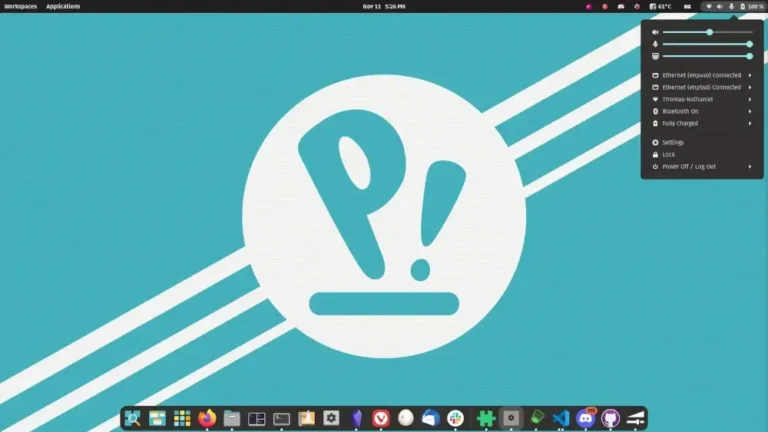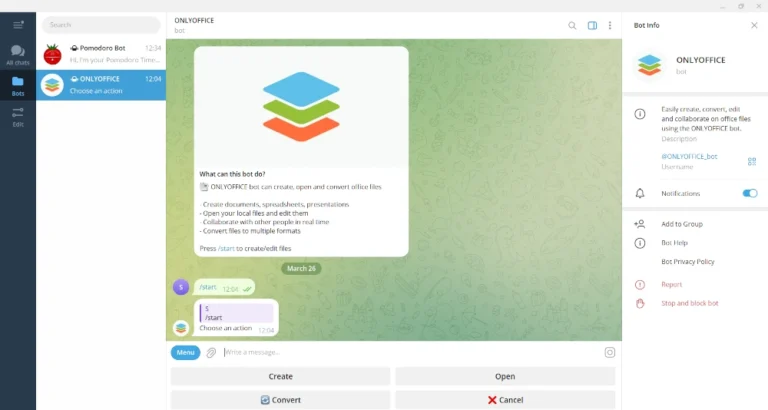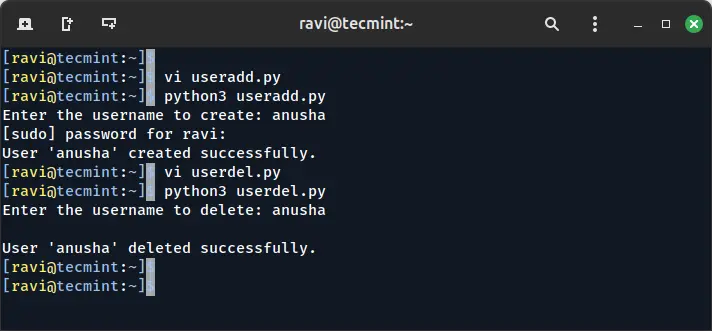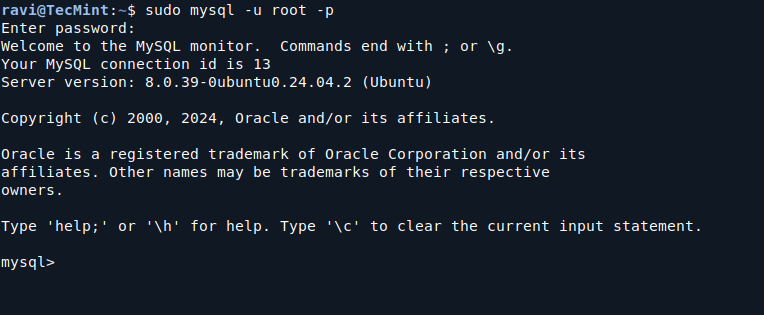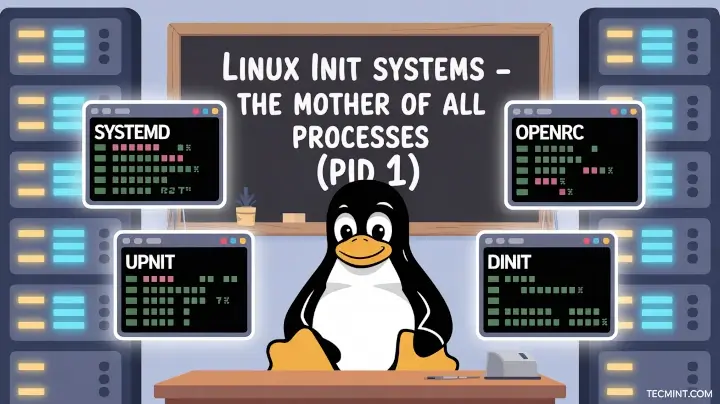
In Linux and other Unix-like operating systems, the init (initialization) process is the first process executed by the kernel at boot time, which has a process ID (PID) of 1, and is executed in the background until the system is shut down.
The init process starts all other Linux processes, that is, daemons, services, and other background processes; therefore, it is the mother of all other processes on the system.
A process can start many other child processes on the system, but if a parent process dies, init becomes the parent of the orphan process.
Over the years, many init systems have emerged in major Linux distributions, and in this guide, we shall take a look at some of the best init systems you can work with on the Linux operating system.
1. System V Init
System V (SysV) is a mature and popular init scheme on Unix-like operating systems, it is the parent of all processes on a Unix/Linux system. SysV is the first commercial Unix operating system designed.
Almost all Linux distributions first used the SysV init scheme, except Gentoo, which has a custom ini,t and Slackware, which uses the BSD-style init scheme.
As years have passed by, due to some imperfections, several SysV init replacements have been developed in the quest to create more efficient and perfect init systems for Linux.
Although these alternatives seek to improve SysV and probably offer new features, they are still compatible with the original SysV init scripts.
While SysV init is still available and maintained, it has been largely replaced by systemd in most major distributions. Only a handful of distributions like Slackware continue to use variations of traditional init systems by default.
2. SystemD
SystemD is a relatively new init scheme on the Linux platform. Introduced in Fedora 15, it is an assortment of tools for easy system management. The main purpose is to initialize, manage, and keep track of all system processes in the boot process and while the system is running.
Systemd init is comprehensively distinct from other traditional Unix init systems in the way it practically approaches system and services management. It is also compatible with SysV and LBS init scripts.
It has some of the following eminent features:
- Clean, straightforward, and efficient design
- Concurrent and parallel processing at bootup
- Better APIv
- Enables removal of optional processes
- Supports event logging using journald
- Supports job scheduling using systemd calendar timers
- Storage of logs in binary files
- Preservation of systemd state for future reference
- Better integration with GNOME plus many more
SystemD has become the dominant init system in the Linux ecosystem. Since 2015, nearly all major Linux distributions, including Debian, Ubuntu, Fedora, CentOS, Red Hat Enterprise Linux, openSUSE, Arch Linux, and many others, have adopted systemd as their default init system. It is now the de facto standard for most Linux distributions, though it remains a topic of debate in the Linux community.
3. OpenRC
OpenRC is a dependency-based init scheme for Unix-like operating systems, it is compatible with SysV init. As much as it brings some improvements to Sys V, you must keep in mind that OpenRC is not an absolute replacement for the /sbin/init file.
It offers some illustrious features, including:
- It can run on many other Linux distributions, including Gentoo and also on BSD
- Supports hardware-initiated init scripts
- Supports a single configuration file
- No per-service configurations supported
- Runs as a daemon
- Parallel services startup and many more
OpenRC remains actively maintained and is the default init system for Gentoo Linux. It has also been adopted by Artix Linux and other systemd-free distributions.
OpenRC continues to be a popular choice for users seeking a lightweight alternative to systemd, and it ranks highly among those who prefer simpler, less feature-heavy init systems.
4. runit
runit is also a cross-platform init system that can run on GNU/Linux, Solaris, *BSD, and Mac OS X and it is an alternative to SysV init, which offers service supervision.
It comes with some benefits and remarkable components not found in SysV init and possibly other init systems in Linux and these include:
- Service supervision, where each service is associated with a service directory
- A clean process state guarantees each process a clean state
- It has a reliable logging facility
- Fast system boot-up and shutdown
- It is also portable
- Packaging friendly
- Small code size and many more
runit remains actively maintained and continues to be used in Void Linux as the default init system. It is appreciated for its simplicity, small footprint, and reliable service supervision capabilities. It’s also frequently used in container environments due to its lightweight nature.
5. s6
s6 offers a compact set of tools for UNIX, tailored for process supervision, similar to daemontools and runit. It facilitates operations on processes and daemons.
Designed as a low-level service administration toolkit, s6 provides diverse tools that can function independently or within its framework. These tools, when combined, deliver robust functionality with minimal code.
s6 continues to be actively developed and maintained, which is used by some specialized distributions and is particularly popular in embedded systems and container environments where its minimal resource footprint and robust supervision capabilities are valued.
6. Dinit
Dinit is a newer addition to the init system landscape, designed as a modern, dependency-based service manager and init system. It aims to provide a simpler, more minimalist alternative to systemd while still offering modern features.
Key features include:
- Dependency-based service management.
- Service supervision and automatic restart.
- Clean, readable configuration syntax.
- Low resource usage and fast boot times.
- Compatibility layer for runit services.
- Suitable for both system init and user services.
Dinit is actively developed and gaining traction in the community, which has been adopted by distributions like Chimera Linux as the default init system, and init-diversity editions of antiX Linux include it as an option. It represents a modern approach to init systems that avoids the complexity of systemd while providing contemporary features.
As I had earlier mentioned, the init system starts and manages all other processes on a Linux system. Additionally, SysV is the primary init scheme on Linux operating systems, but due to some performance weaknesses, system programmers have developed several replacements for it.
Historical Note
It’s worth mentioning that Upstart, an event-based init system originally developed by Ubuntu, was once a significant player in the init system landscape. However, Ubuntu transitioned to systemd in 2015, and Upstart has since been discontinued, which is no longer actively maintained or used by any major distribution.
Conclusion
The Linux init system landscape has matured significantly over the past decade. While systemd has become the overwhelming dominant choice for major distributions since 2015, there remains a vibrant ecosystem of alternative init systems.
OpenRC, runit, s6, and newcomers like Dinit continue to serve users who prefer simpler, more Unix-philosophy-aligned approaches.
The diversity of init systems reflects the broader Linux philosophy of choice and freedom, with distributions like Devuan, Artix, and Void Linux providing systemd-free alternatives for users who prefer them.
Here, we looked at a few of those replacements, but there could be other init systems that you think are worth mentioning in this list. You can let us know of them via the comment section below.

